The wooden body was a bit irregular, so I added a layer of Apoxie to smooth it out. The biggest challenge was finding something for the fly wheel. Then I came across a bag of LEGO wheels at Value Village, and thought there was one in the bag that would be perfect, so bought it. I removed the tire, and built a rim of Apoxie around the outside. It had a thin wire inside so I could make a handle protrude out of it. The handle was made of three beads.
|
I've wanted to have a Victorian sewing machine for my dolls for a very long time. There's plenty for sale online, but they are all 1/12th scale, and that's way too small. I'd been using a brass pencil sharpener shaped like a vintage sewing machine in my photos in the past, but I wanted something better. Something like my Mom's vintage 1870's sewing machine.... Jan had shaped a couple of pieces of wood last summer - the main body, and the wooden base - but the thought of making a sewing machine just seemed way too intimidating, so the pieces had lingered in a bowl on the end of the kitchen table ever since. Then in February I finally decided it was time to attempt to finish it. The wooden body was a bit irregular, so I added a layer of Apoxie to smooth it out. The biggest challenge was finding something for the fly wheel. Then I came across a bag of LEGO wheels at Value Village, and thought there was one in the bag that would be perfect, so bought it. I removed the tire, and built a rim of Apoxie around the outside. It had a thin wire inside so I could make a handle protrude out of it. The handle was made of three beads. I wanted the sewing machine to look as realistic as possible, and I wanted to be able to thread it, so I wanted to use a real sewing machine needle cut in half. For the presser foot I took one of my tiny metal forks and broke out the middle two tines. Then gathered all kinds of bits and pieces - wire, studs, snaps, and some tiny beads - that might be useful for some of the machine parts. I had my Mom's machine and the tiny brass pencil sharpener for inspiration... I painted the body and base plate black, and Jan drilled some holes for the needle and 'presser foot' and I glued them in... Jan drilled holes for the wires I'd cut and shaped. I had some thin silver metal, which I cut the bobbin plate and feed-dog out of. I glued them in place and used carving tools to press the indents suggesting the feed-dog into the metal. It also glued a metal plate on the end. Then Jan drilled holes into it for the wire loop 'take up levers' that I'd formed. I used a large snap fastener for the tension disk. I wasn't going to bother with the thread wind-up mechanism, so glued another snap and decorative stud to suggest the parts on the full size machine. A hole was drilled for the dowel which would hold the fly wheel, and it was glued in. Finally, the bottom of the main body as a bit uneven and there was a slight gap between it and the base plate, so I added a ring of Apoxie to cover and support it. Then it was time to paint it.
Dorothy
3/5/2024 04:50:34 pm
It is amazing how you can visualize these objects and then create them. I think I can guess who will have "first dibs" on the sewing machine (smile).
Martha
3/5/2024 07:07:18 pm
Figuring out stuff is half the fun.
Donna
3/6/2024 03:15:20 am
This sewing machine is going to be so cool! I love how you see the potential in all sorts of everyday objects and then pull it all together into something unique and special. Can't wait to see the finished product! Comments are closed.
|
AuthorMartha Boers is an award-winning Canadian doll maker and costumer specializing in fantasy and historical-style costumes. Archives
July 2024
|
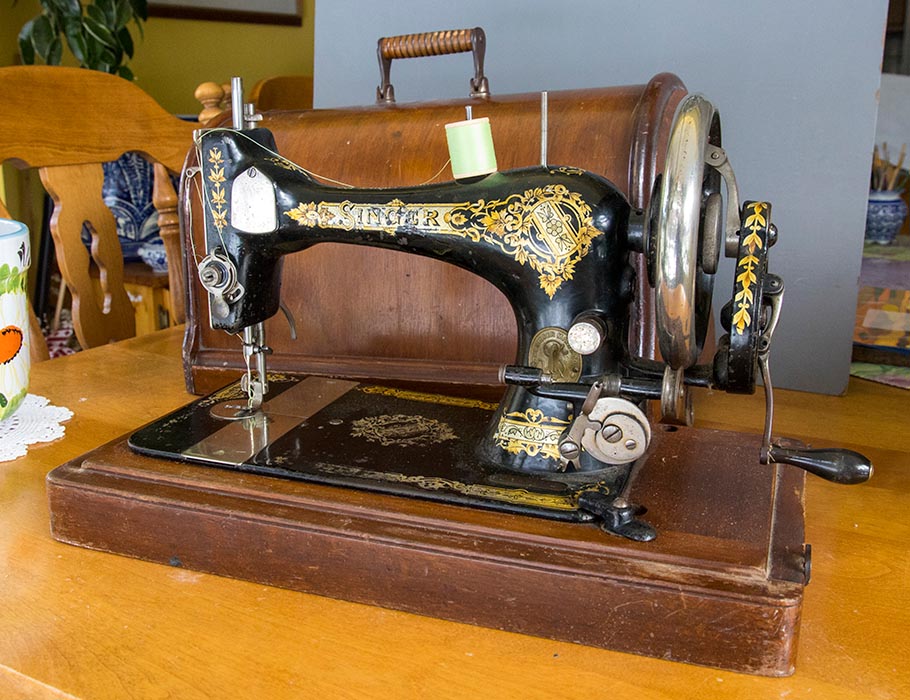
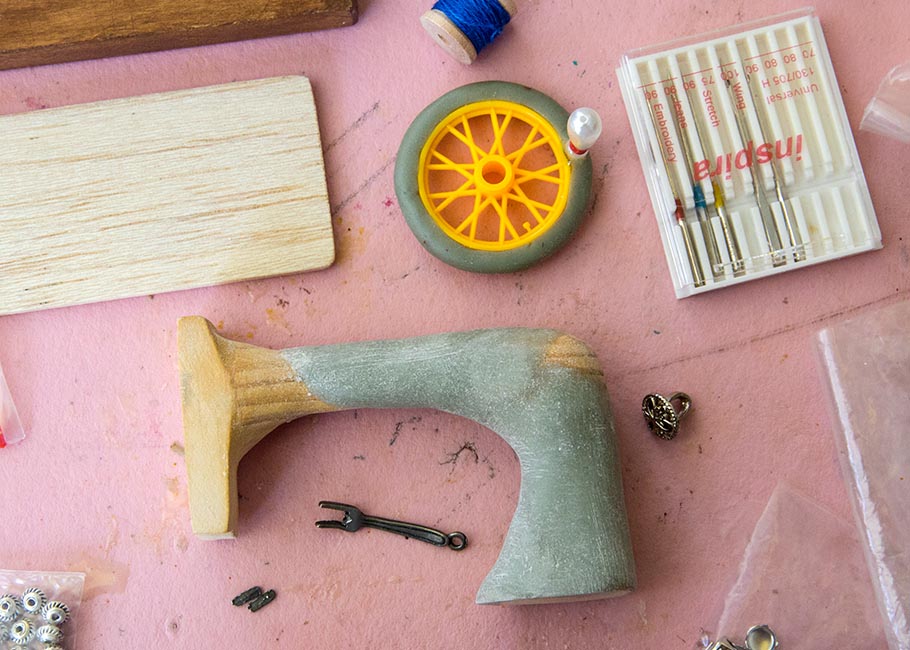

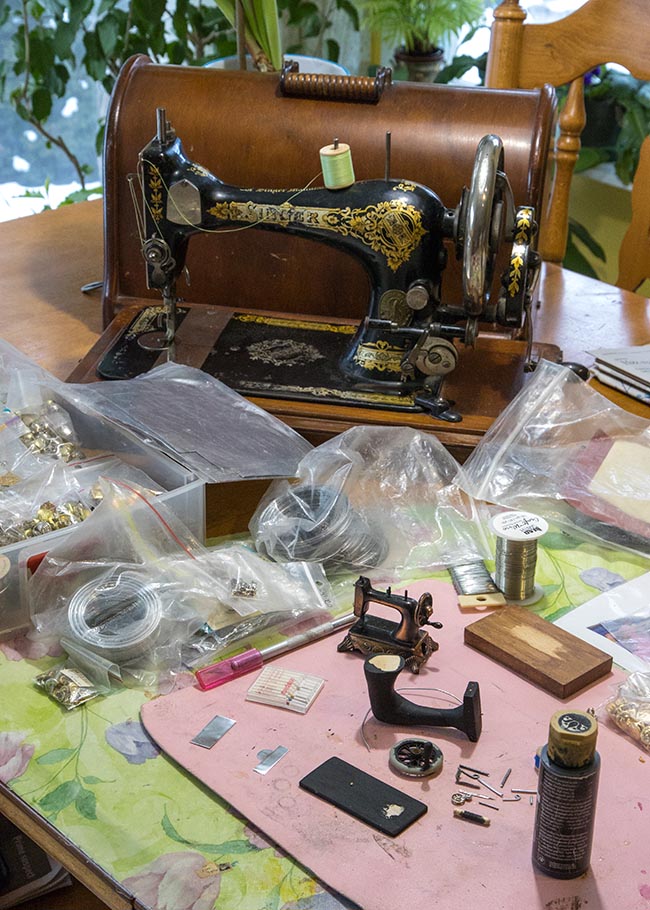
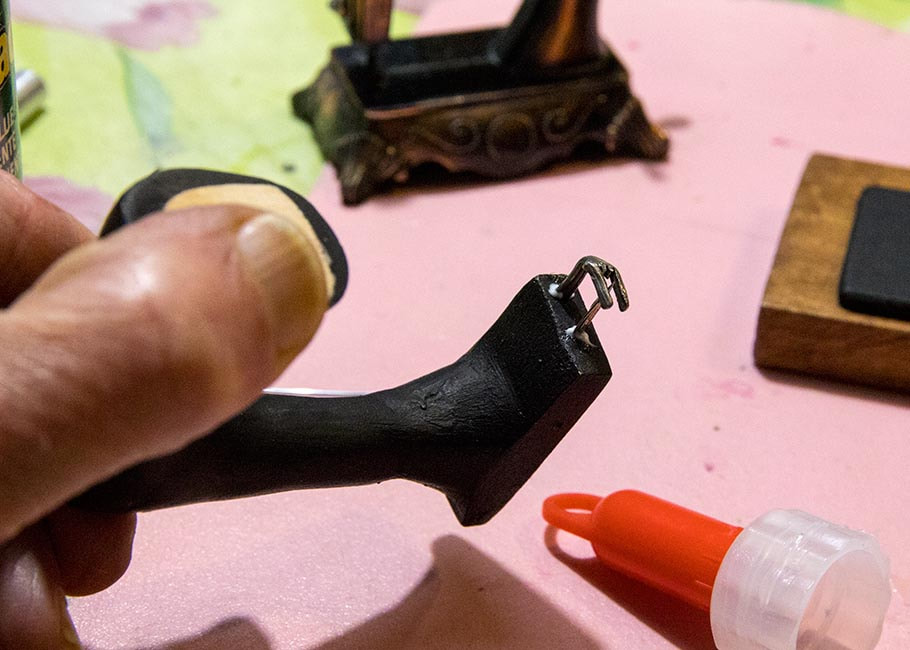
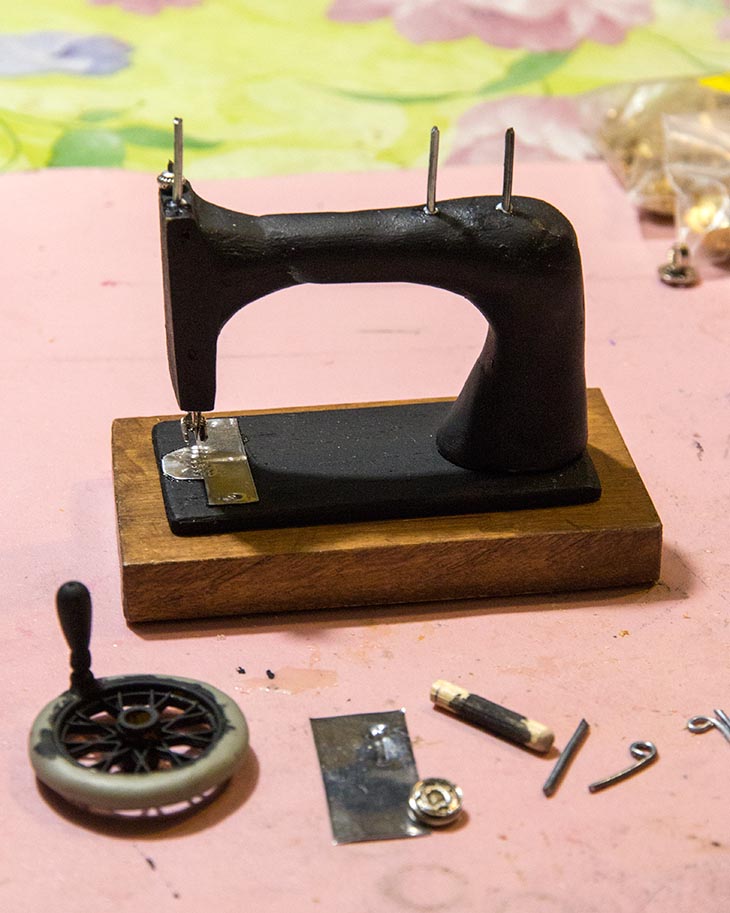
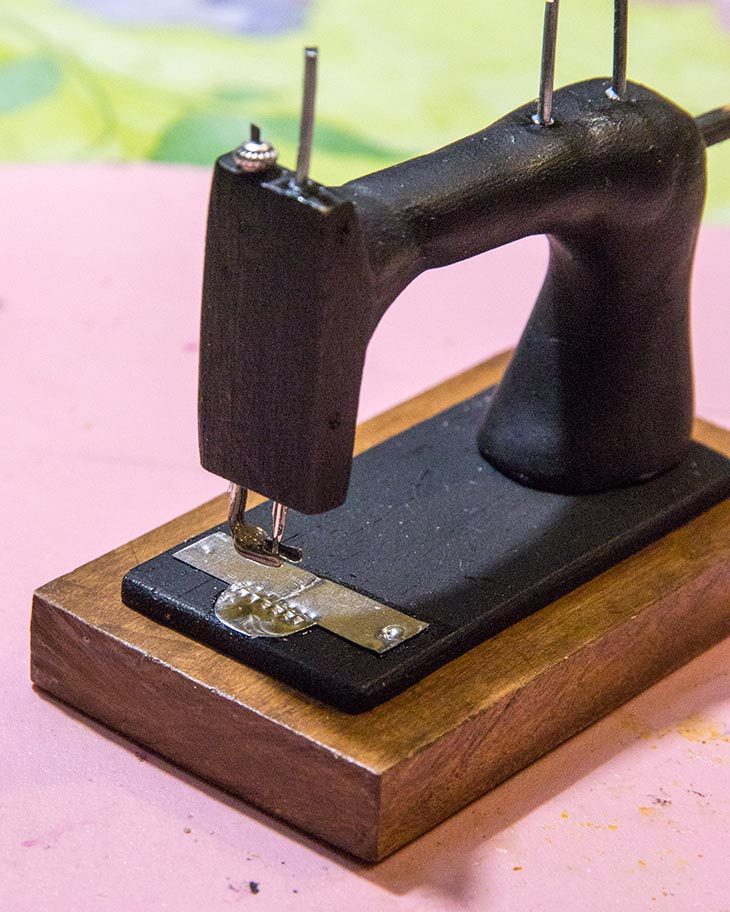

 RSS Feed
RSS Feed
